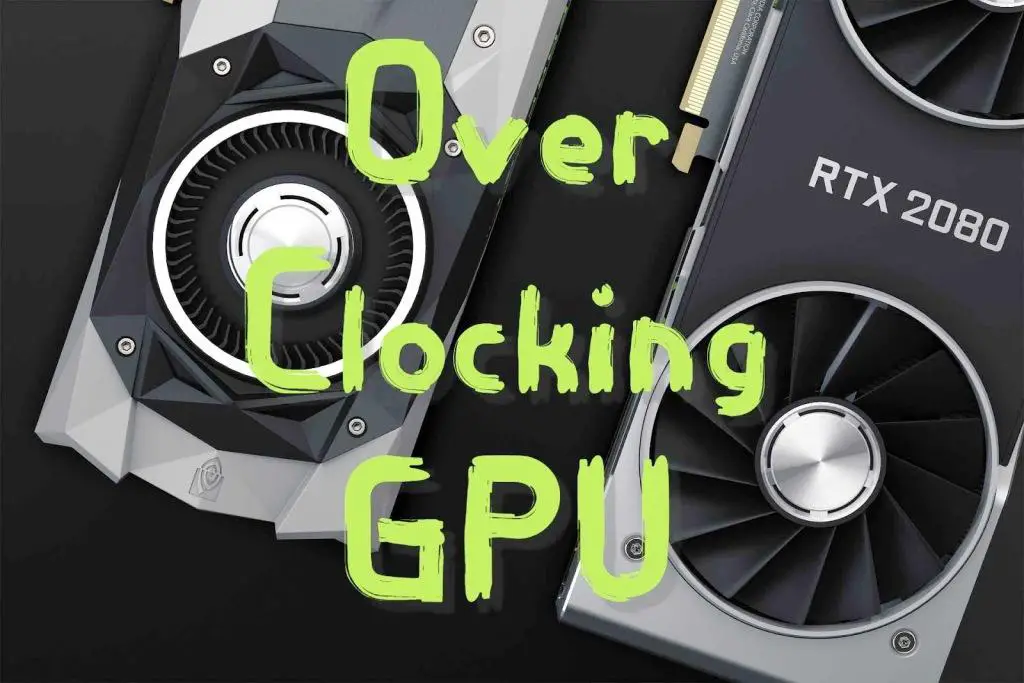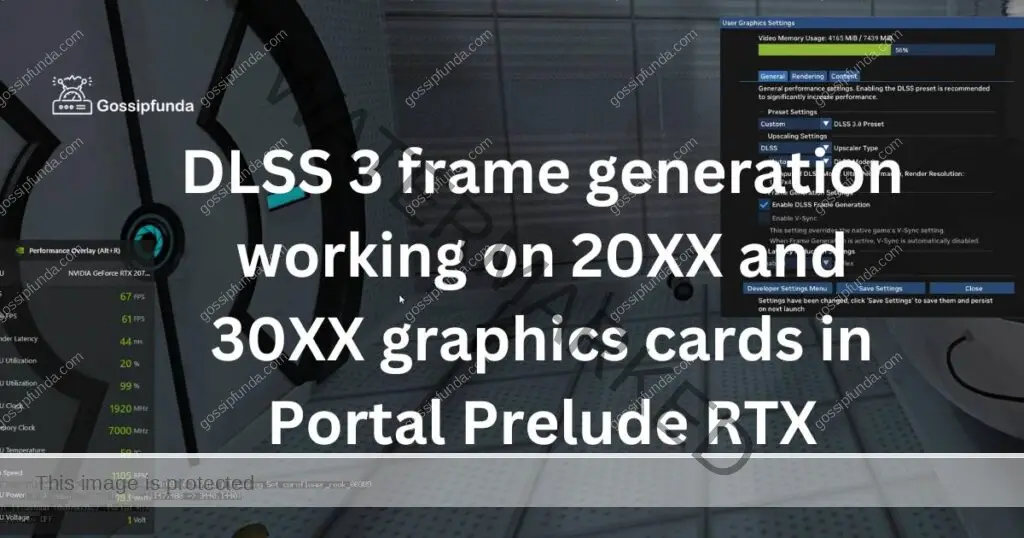
What is the full form of ti or OC?
Similar to “GTX” and “RTX,” the terms “Ti” and “OC” used in graphics card naming conventions do not have official full forms that stand for specific words or phrases. These terms are part of the branding and marketing strategy to differentiate various models within a product line. Here’s what they generally signify:
- Ti: In NVIDIA graphics card models, “Ti” stands for “Titanium.” However, it’s important to note that this is not a full form in the traditional sense but rather a branding choice. The “Ti” variants of NVIDIA graphics cards are typically more powerful than their non-Ti counterparts. For instance, a GTX 1080 Ti would be a more powerful version of the GTX 1080.
- OC: “OC” stands for “Overclocked.” This designation is used to indicate that a graphics card is factory overclocked, meaning it runs at higher clock speeds than the standard or base model. Overclocking improves the card’s performance, providing better frame rates and faster rendering in games and applications. It’s a common term used by various manufacturers, not just NVIDIA.
The difference
The terms “Ti” and “OC” when used in the context of graphics cards, refer to different aspects of the card’s performance and specifications. Here’s a breakdown of the differences:
- Ti (Titanium):
- Meaning: “Ti” stands for Titanium, which is more a branding term than an indicator of actual titanium use. It’s used by NVIDIA to denote a more powerful version of a base model.
- Performance: A Ti variant typically has more CUDA cores (or equivalent), higher base and boost clock speeds, and sometimes more VRAM compared to the non-Ti version. This results in overall better performance.
- Target Audience: Aimed at users who are looking for better performance than the standard model, often for more demanding gaming or professional applications.
- Example: Comparing the GTX 1080 and the GTX 1080 Ti, the Ti version offers more cores and higher performance.
- OC (Overclocked):
- Meaning: “OC” stands for Overclocked. This indicates that the card has been factory overclocked, meaning its operating frequencies have been set higher than the standard specifications by the manufacturer.
- Performance: The performance improvement depends on the extent of the overclock. OC models are faster than their standard counterparts but the performance gain might be less significant compared to jumping from a standard model to a Ti model.
- Target Audience: Suitable for users who want extra performance out of the box without manually overclocking the card themselves.
- Example: An OC version of a GTX 1660 would have higher clock speeds compared to the standard GTX 1660
Key Differences:
- Performance Tier: Ti cards represent a higher performance tier compared to the base model, whereas OC cards are a boosted version of the same tier.
- Hardware Changes: Ti variants often have changes in hardware (like more cores, more VRAM), while OC variants typically have the same hardware as the base model but with higher clock speeds.
- Price: Ti models are usually more expensive than their base models due to the increased performance. OC models can be more expensive than the non-OC versions, but the price difference is usually less than between base and Ti models.
Table of comparisons: Ti and OC with different factors
Here’s a comparison table highlighting the differences between the “Ti” (Titanium) and “OC” (Overclocked) variants of graphics cards across various factors:
| Factor | Ti (Titanium) | OC (Overclocked) |
|---|---|---|
| Performance Enhancement | Significant performance improvement over base model | Moderate performance improvement over base model |
| Hardware Changes | Often includes more CUDA cores, higher VRAM, and sometimes other hardware enhancements | Same hardware as the base model, but with increased clock speeds |
| Clock Speeds | Generally higher than base models, but the increase is due to hardware changes rather than overclocking | Higher than base models due to factory overclocking |
| Price Comparison | More expensive than base and OC models, reflecting the higher performance tier | Slightly more expensive than base models, less so than Ti models |
| Target Audience | Gamers and professionals needing higher performance for demanding applications | Users seeking enhanced performance without manual overclocking |
| Typical Use Cases | High-end gaming, professional graphics work, 3D rendering, and video editing | Gaming with slightly better frame rates, general computing with a performance edge |
Which is the best Ti or OC
Determining whether “Ti” (Titanium) or “OC” (Overclocked) variants are better depends on the user’s specific requirements and priorities. Ti variants are generally considered superior in terms of raw performance, as they not only feature higher clock speeds but also come with significant hardware improvements like more CUDA cores and often more VRAM. This makes them ideal for users who need top-tier performance for demanding applications such as high-end gaming, intensive 3D rendering, and professional-grade video editing. On the other hand, OC models, while offering better performance than their standard counterparts, primarily achieve this through higher clock speeds without additional hardware enhancements. They are a great choice for users seeking a performance boost for gaming or general use without the price premium of Ti models. In essence, if performance is the top priority and budget is less of a concern, Ti models are the better choice. However, for those looking for a cost-effective way to gain some extra performance, OC models are a more suitable option.
Awill Guru is a technology enthusiast with degrees in VLSI Engineering (B.Tech, M.Tech) and Android Development. Their passion for education drives them to teach and share knowledge through their blog. He also hold qualifications in Sociology (M.A.) and Education (B.Ed), along with NIELIT O and A Level certifications.


